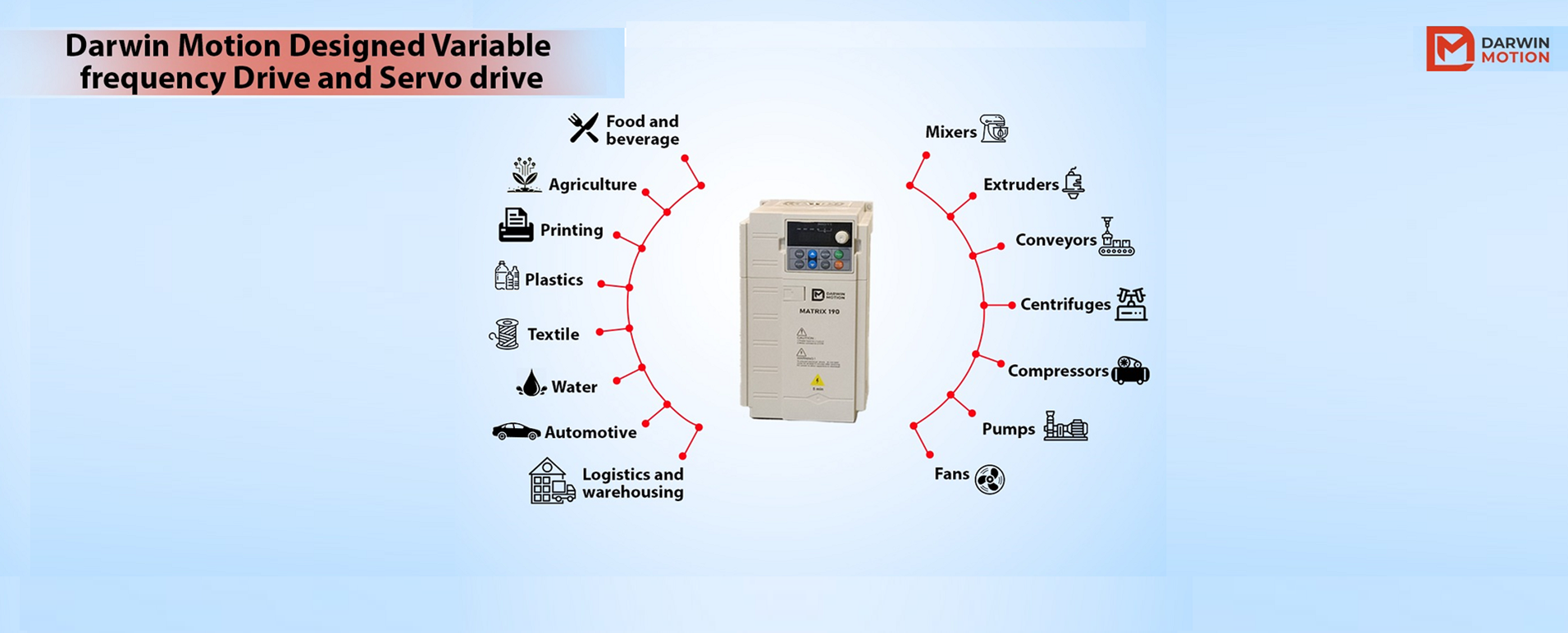Posted on 24th Oct 2025

In industrial automation and energy efficiency systems, one device plays a central role in controlling electric motors — the преобразователь частоты (preobrazovatel' chastoty), or Variable Frequency Drive (VFD). This technology has become a cornerstone of modern engineering, offering precise control, improved efficiency, and significant energy savings across multiple industries.
A преобразователь частоты, literally translated as frequency converter, is an electronic device that regulates the speed and torque of an electric motor by adjusting the frequency and voltage of the electrical power supplied to it.
By managing these electrical parameters, the VFD ensures smooth motor operation, optimized energy use, and extended equipment lifespan. It bridges the gap between traditional fixed-speed motors and modern intelligent control systems.
The operating principle of a frequency converter involves three main stages:
Rectification: Converts incoming AC (alternating current) to DC (direct current).
DC Link: Stabilizes and filters the DC voltage.
Inversion: Converts DC back to AC at the desired frequency and voltage, controlling motor speed.
This process allows for precise adjustment of motor performance according to the needs of the application — from slow startup to full-speed operation.
By matching motor speed to actual load requirements, VFDs can reduce energy consumption by up to 50% in some applications. This translates to lower operating costs and reduced environmental impact.
Soft acceleration and deceleration eliminate mechanical shocks, extending the life of belts, bearings, and other mechanical components.
VFDs offer precise control of motor speed and torque, allowing for better process consistency and product quality in manufacturing systems.
Because motors experience less mechanical and electrical stress, maintenance intervals can be extended, lowering downtime and repair costs.
Modern converters include protections against overloads, overvoltage, short circuits, and overheating — ensuring safety and reliability.
Frequency converters are widely used in industrial and commercial environments, including:
HVAC systems – Control of fans, blowers, and compressors
Pumps – Energy-efficient fluid control in water and wastewater systems
Conveyor systems – Smooth speed regulation for material handling
Machine tools – Precision speed control in CNC machinery
Textile and food industries – Improved process control and reduced waste
Modern frequency converters, such as the Darwin Motion Variable Frequency Drive, integrate digital control, vector regulation, and user-friendly interfaces. Some models now feature localized keypads, including full Russian-language support, to simplify setup and monitoring for operators in Russian-speaking regions.
The преобразователь частоты (preobrazovatel' chastoty) is more than a motor control device — it’s a vital component of smart, efficient, and sustainable industrial systems. By providing precise speed control, reducing energy costs, and protecting valuable equipment, frequency converters are shaping the future of automation.
Whether installed in a small manufacturing plant or a large-scale industrial complex, the modern VFD delivers power, precision, and performance — exactly what today’s industries demand.